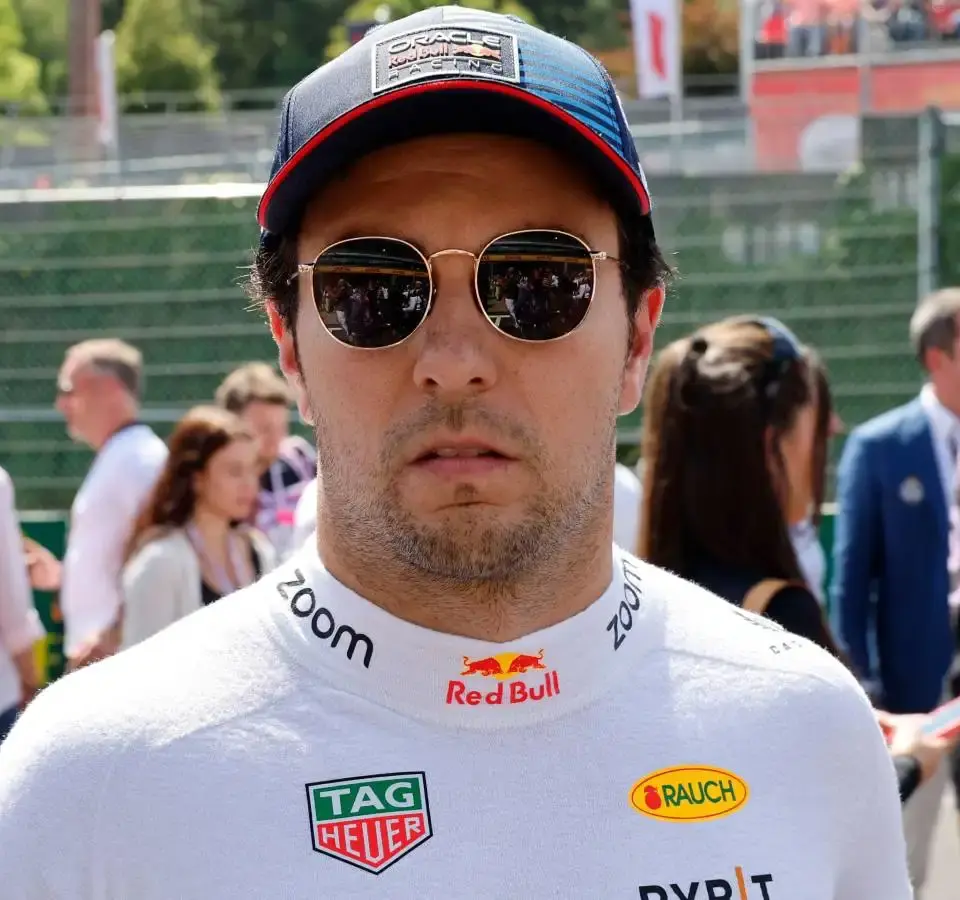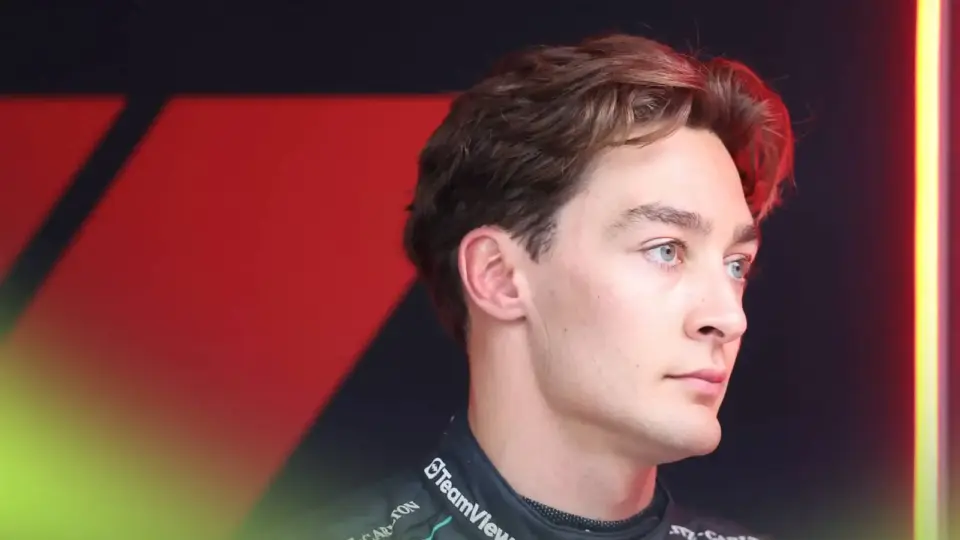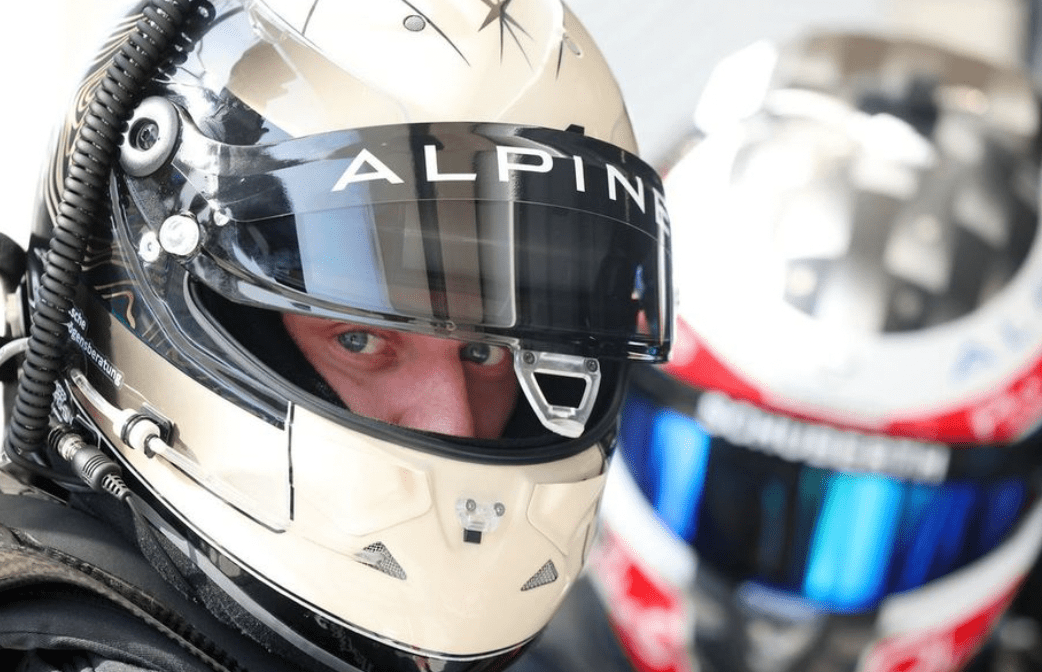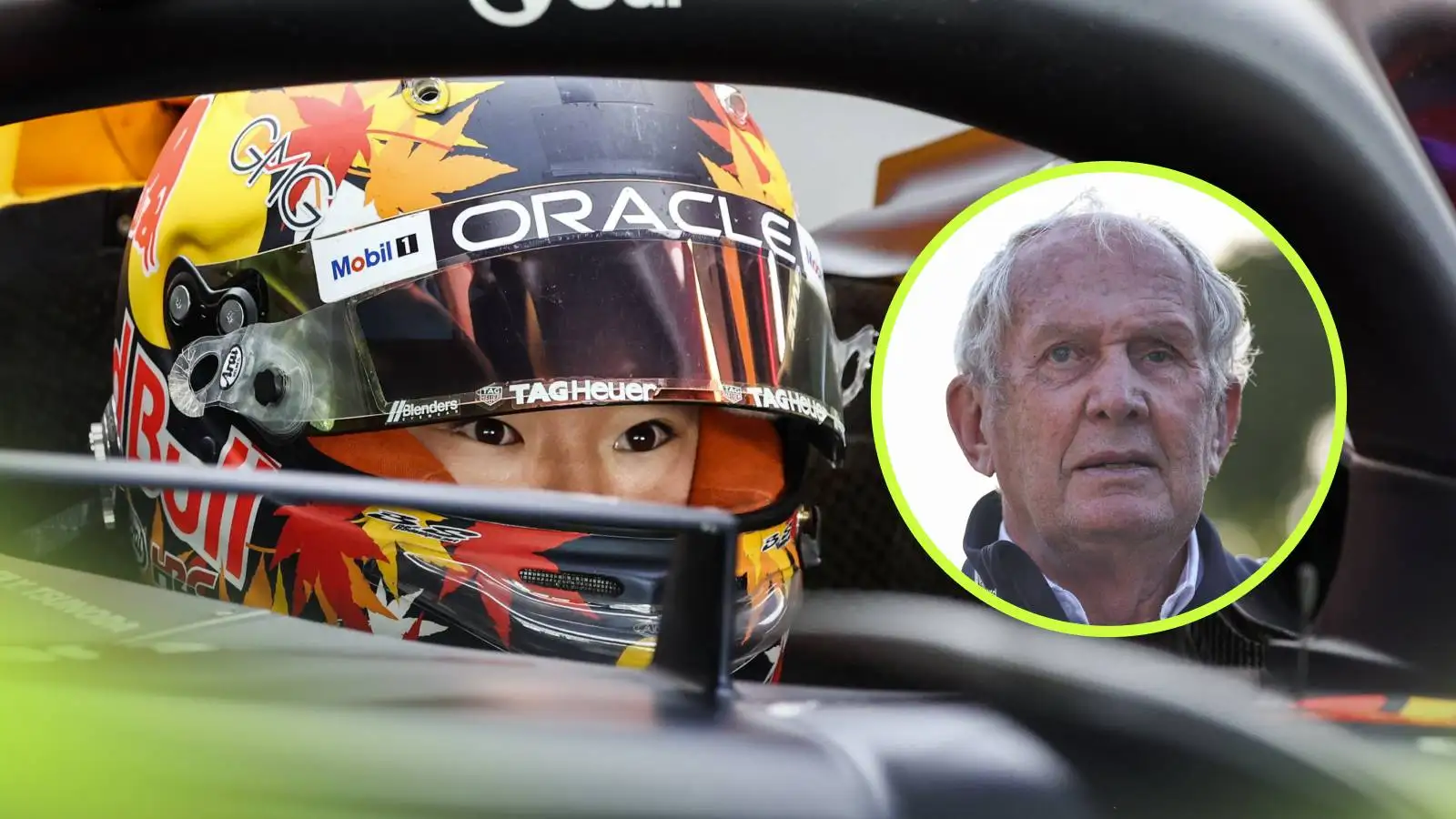Sergio Perez’s latest stint on the Formula 1 track at the Belgian Grand Prix was marked by unexpected twists, as strategic decisions by his team played a role in potentially sealing his fate with Red Bull.
Starting a race from second place is a prime opportunity for any driver, and Sergio Perez was no exception as he lined up on the grid at Spa. However, the thrill was short-lived as he was promptly overtaken by the relentless Lewis Hamilton. Despite this setback, Perez managed to cling to a podium position in the initial laps, grappling with reported battery issues while striving to maintain his pace.
The race took a decisive turn when Red Bull’s strategy regarding tire selection came into play. While other top teams opted for hard tires, Red Bull had limited their choice to a single set of these crucial tires. Perez, unfortunately, found himself on medium tires during his second stint, a choice that proved detrimental as rivals opted for the more durable and consistent hard tires—a critical factor given the race’s conditions.
Perez’s initial positioning seemed promising as he closed in on Charles Leclerc and kept Oscar Piastri at bay. Yet, the tire strategy did not favor Perez, translating into a performance dip. Even Max Verstappen, operating on medium tires later in the race, encountered difficulties, unable to make significant headway against Charles Leclerc.
Post his first pit stop, Perez retained a virtual third place, only to be swiftly overtaken by Piastri. It was a stark demonstration of the strategy’s impact, as Piastri achieved in one lap what seemed unlikely in previous laps under similar conditions. The comparison of tire performance was also evident when Carlos Sainz, running on hard tires, began to outpace Lando Norris after just 10 laps.
With Perez’s pace dropping during his stint on medium tires, he succumbed to George Russell and, with Verstappen trailing, Red Bull opted for an early second pit stop for Perez. Switching to hard tires, with 22 laps remaining, might have seemed strategic, but the damage was done. This decision placed Perez at a disadvantage, allowing competitors who pitted later to hold an edge.
The consequences were clear as Lando Norris overtook him post-pit stop, and an impressive maneuver from Carlos Sainz dropped Perez further down to eighth. Starting from the second position, the race had turned from optimistic to challenging. The early strategic setbacks, particularly the tire choices governed by pre-race availability, meant Perez was left battling an uphill task for the remainder of his time on track.
As the dust settles on the Belgian Grand Prix, Sergio Perez’s future with Red Bull looks increasingly uncertain, overshadowed by the strategic choices that compromised his race performance. His struggle highlights the importance of apt decision-making in the intense arena of Formula 1.










